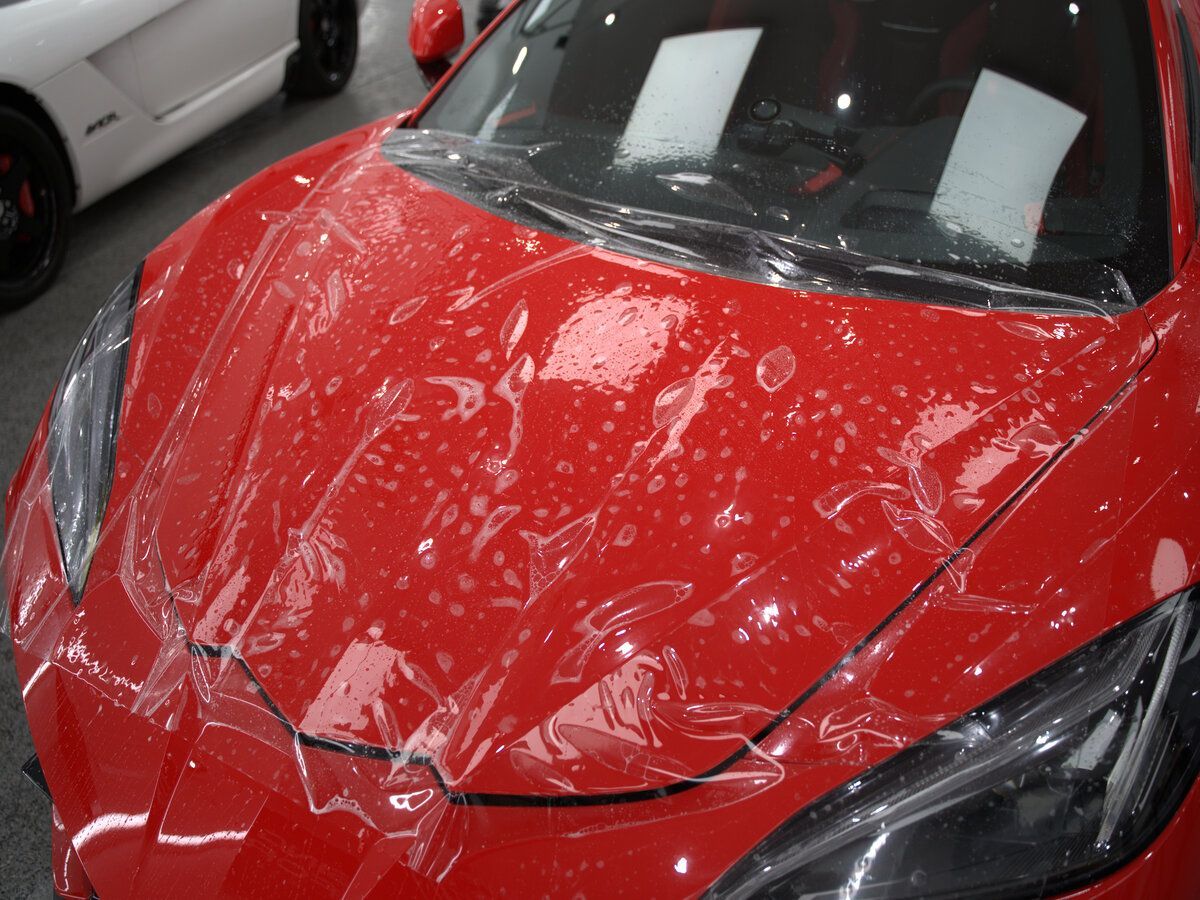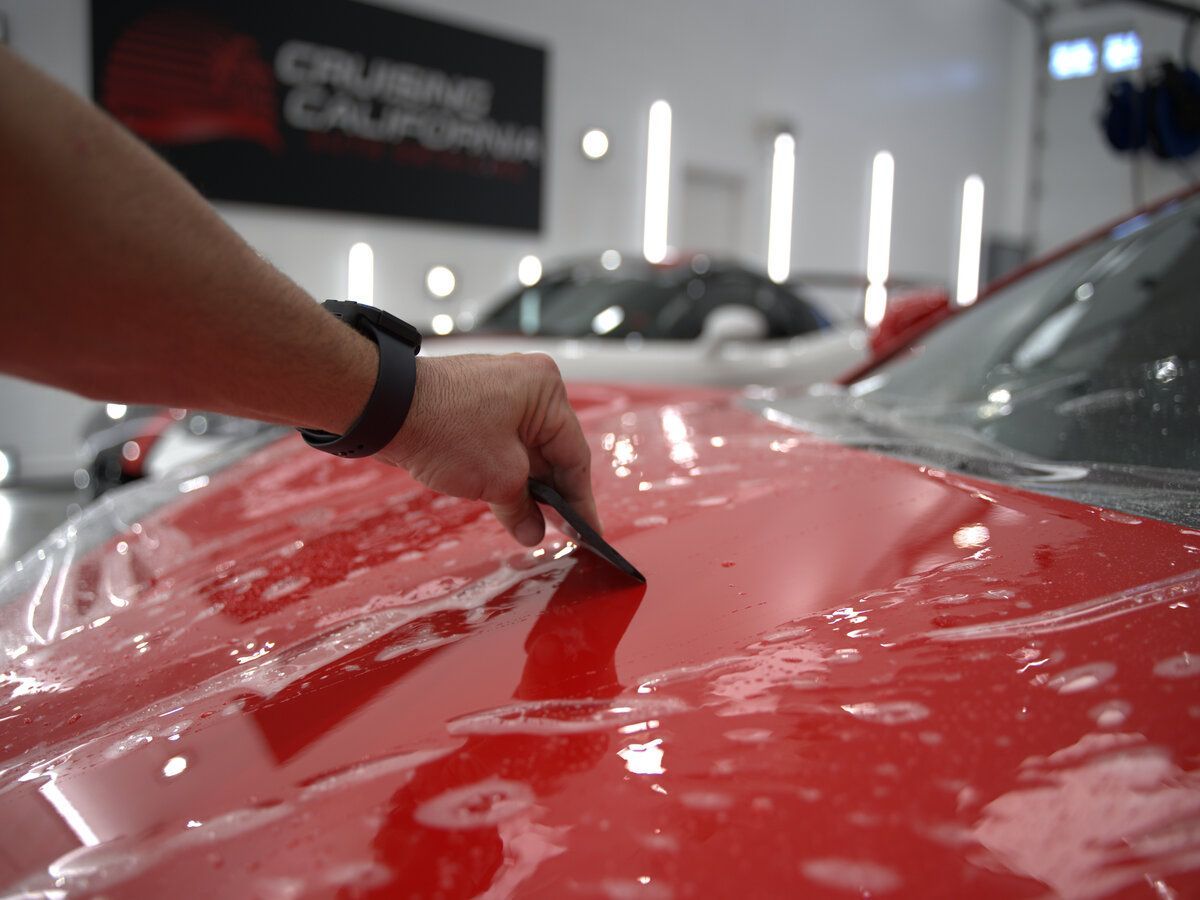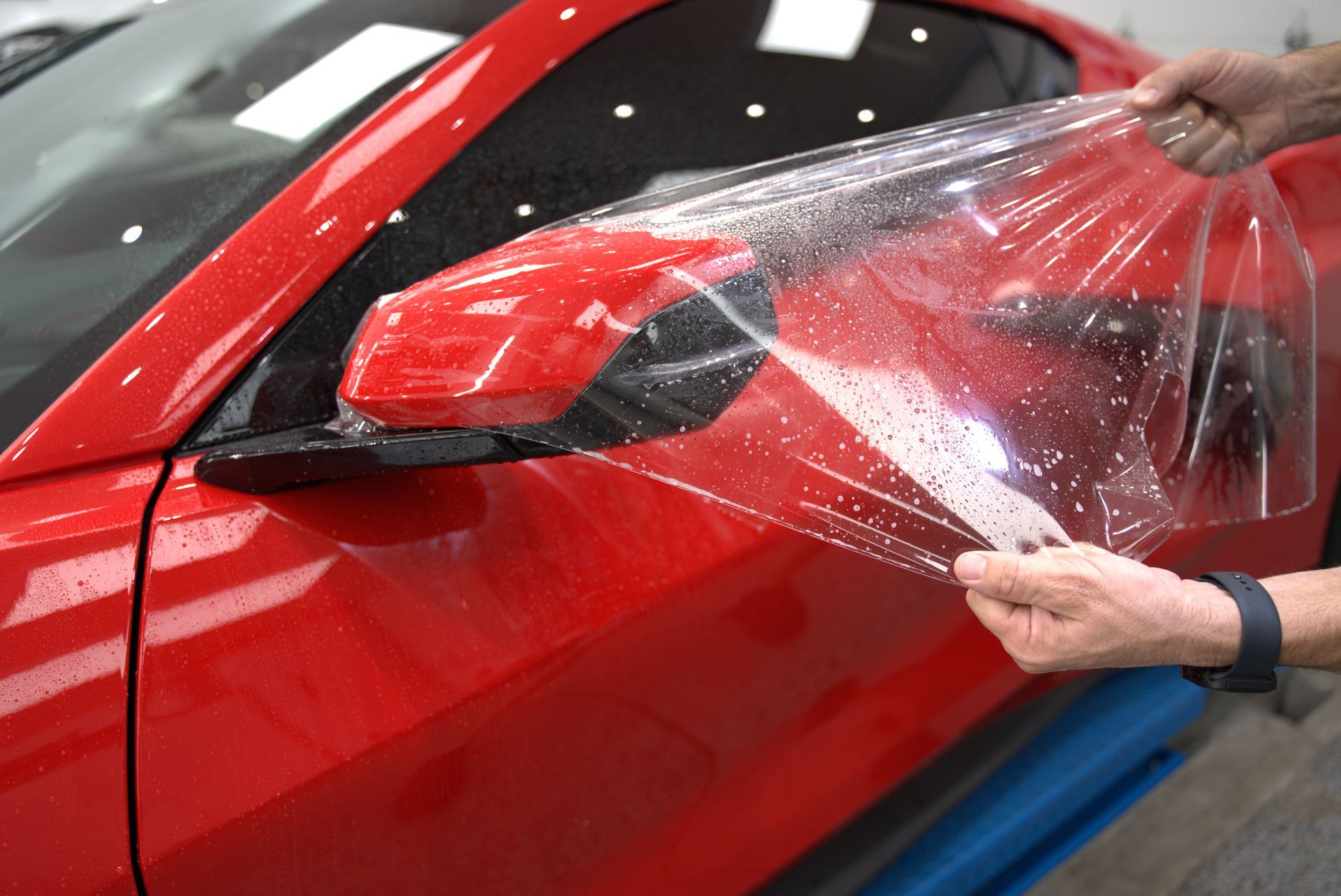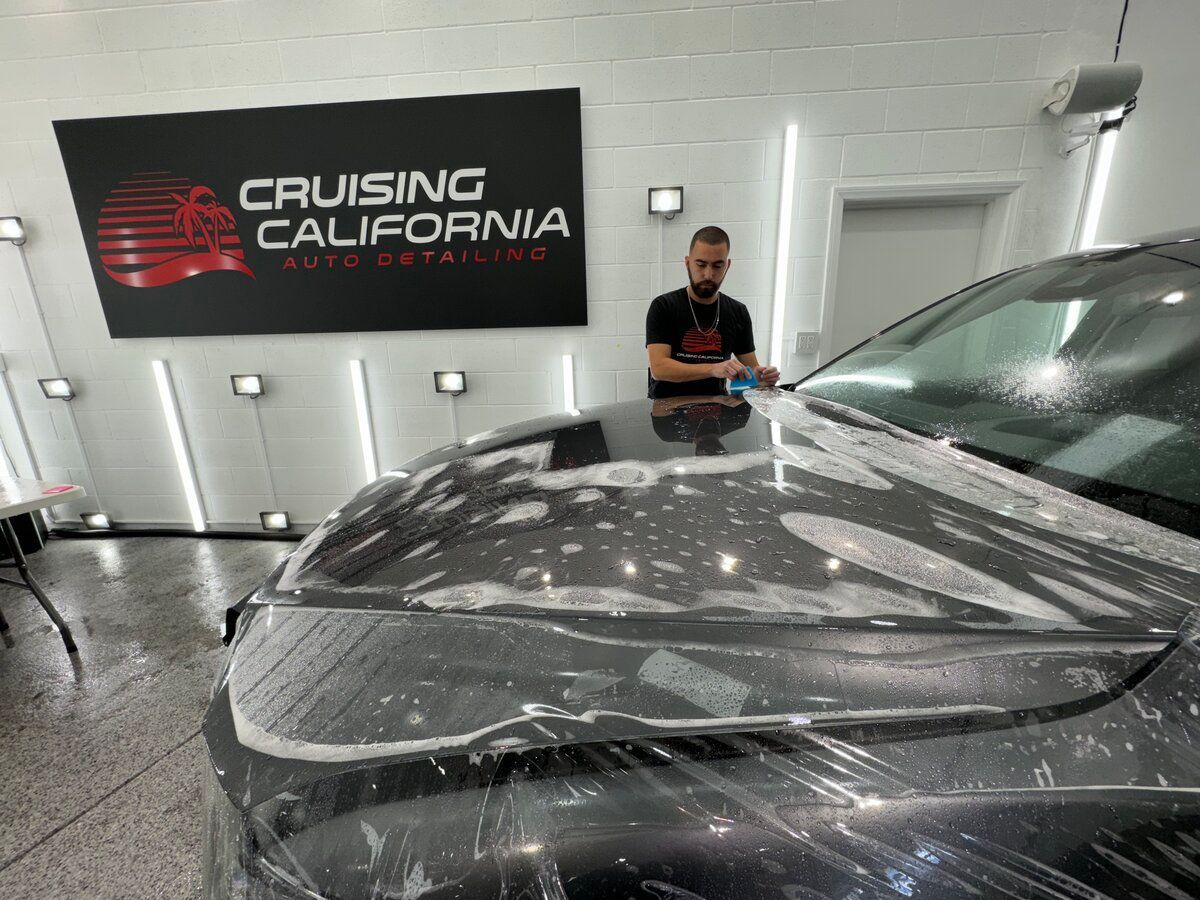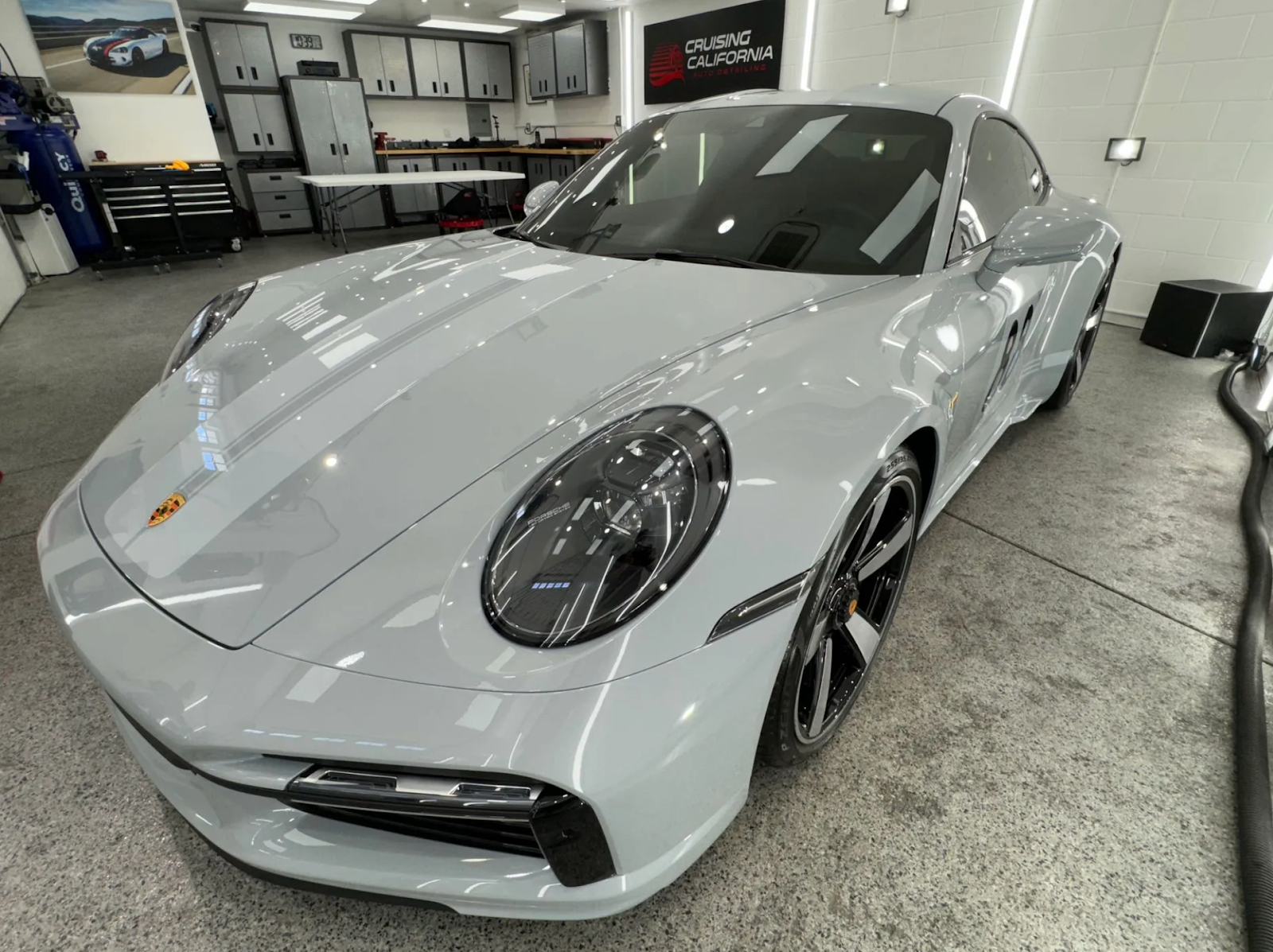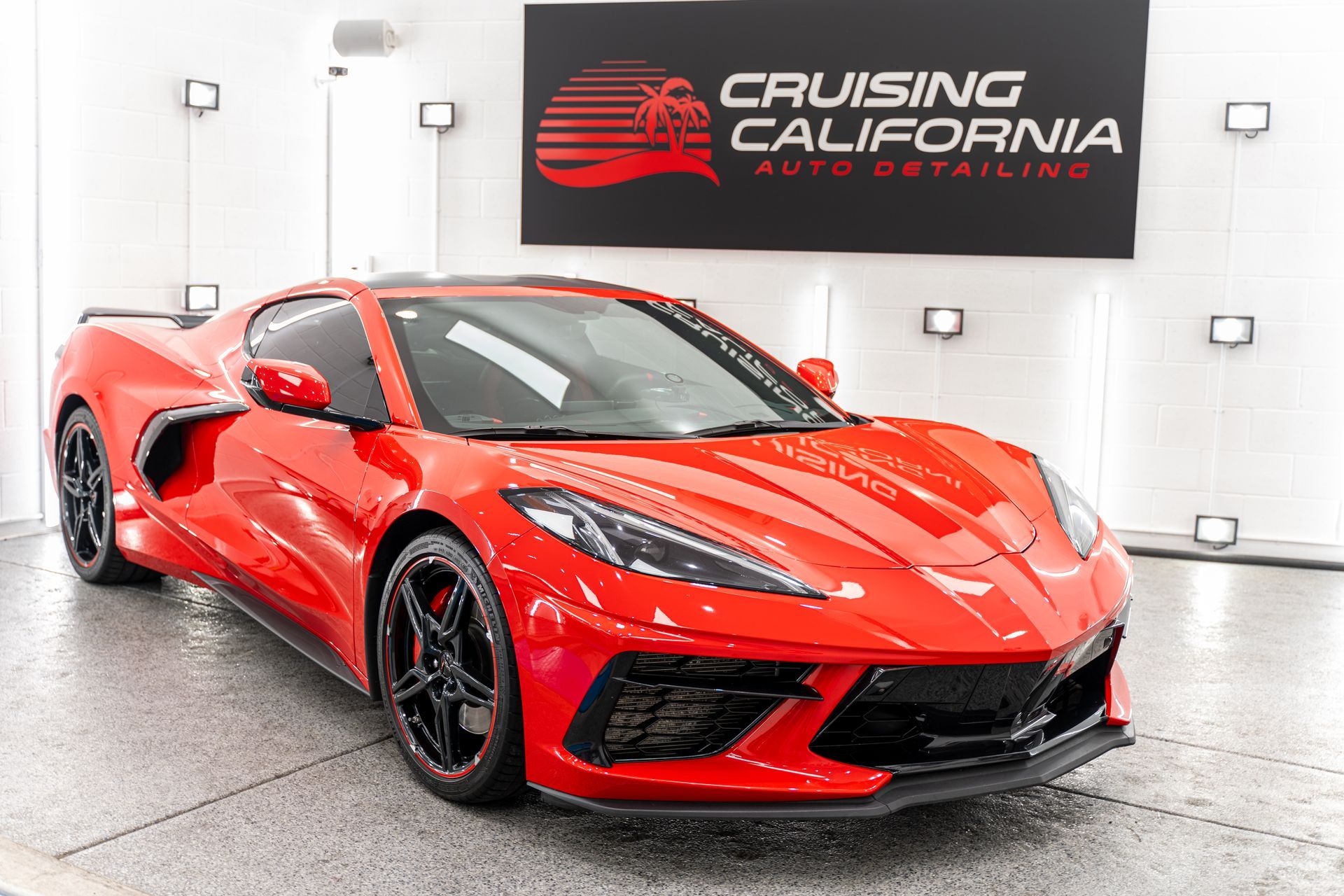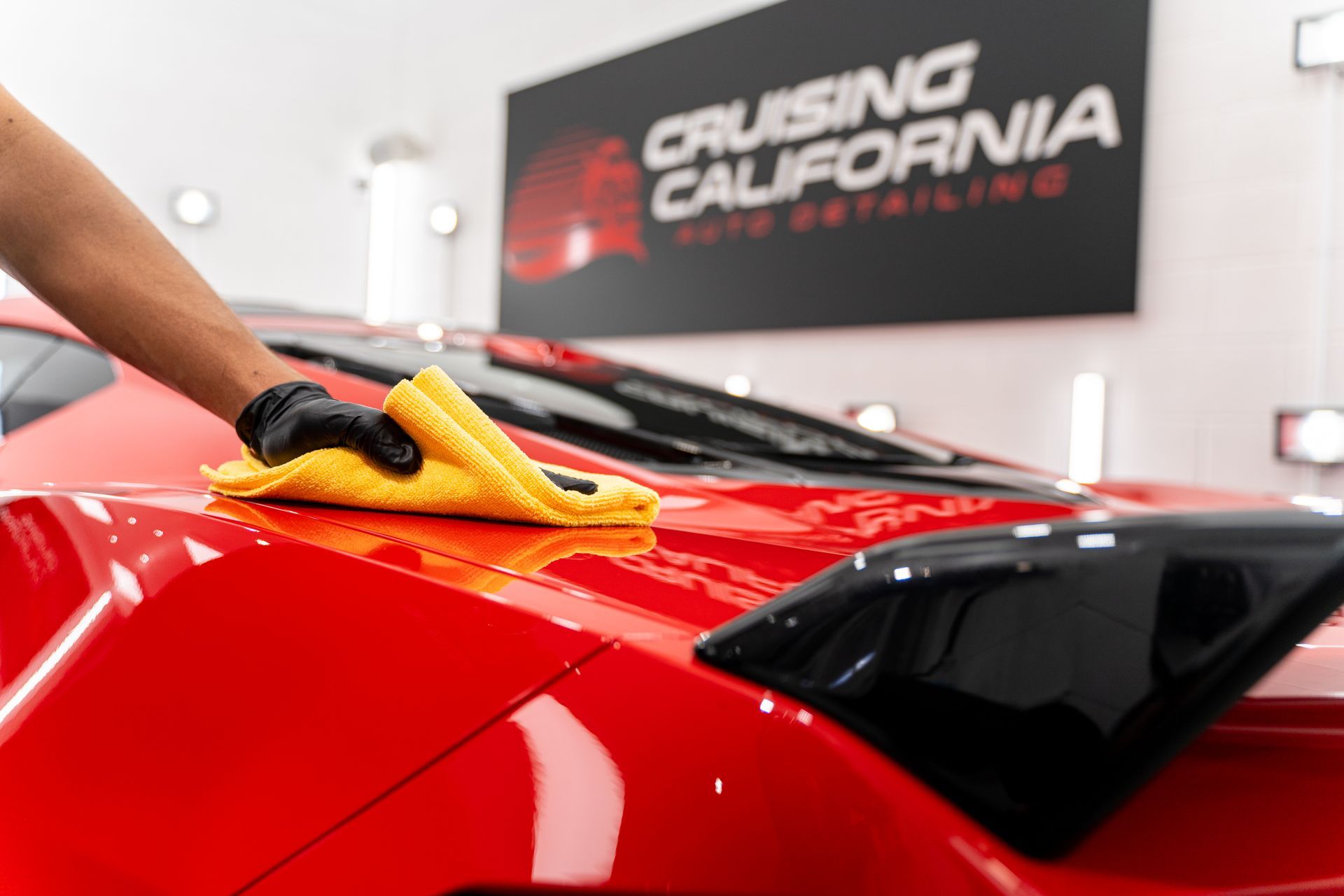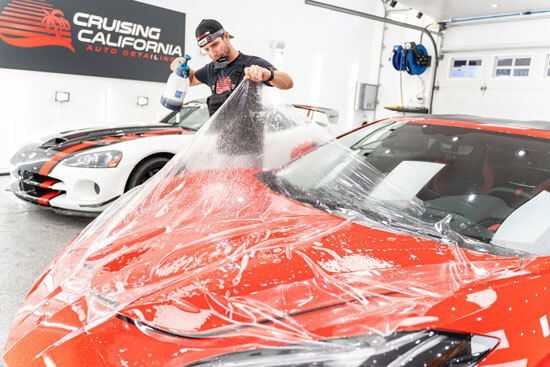The Benefits of PPF Services for Maintaining Your Car's Appearance and Increasing Resale Value
PPF, or paint protection film, is like a shield for your car. It defends your vehicle from scratches, stone chips, and other damages that can harm its appearance. Interestingly, some types of PPF even possess self-healing properties, taking protection to the next level. When your car looks newer, it has a higher resale value too. So investing in paint protection film not only keeps the shine on your car but also on its price tag.
Paint protection film services help maintain your car's appearance by acting as a protective shield against scratches, stone chips, bug splatters, and environmental contaminants. This helps retain the vehicle's shine, prevents paint deterioration due to UV exposure, and can increase its resale value by preserving the original paint finish.
The Science Behind Paint Protection Films
Imagine your car as a brave knight going into battle every day, enduring a barrage of projectiles in the form of tiny stones, gravel, and bug splatters—these are not friendly encounters. A paint protection film, also called a clear bra, comes in as the trusty armor, ready to deflect and absorb blows. But how does this modern marvel work? PPF acts like a facemask for your car—made from thermoplastic urethane, a flexible, clear layer that seamlessly conforms to the curves of vehicles without compromising its strength. This film provides a protective barrier between your car's paint and the hazards of the outside world.
A paint protection film absorbs damage from road debris, small abrasions, and harsh weather conditions, shielding your paint job from scratches, stone chips, and bug splatters. This not only preserves your car's appearance but also maintains its resale value over time. It's like having a guardian angel for your vehicle's exterior! Consider this: A clear bra can be compared to the peel-off screen protectors you put on your phone. They take care of the damage first, leaving your device unscathed. In the same way, PPF takes care of your car's paint, preserving its pristine appearance. Just like a mighty shield in battle!
The unique quality of PPF lies in its ability to offer tailored defense based on its thickness. Thicker versions provide enhanced protection against more significant impacts, while lighter options cater to daily wear and tear. Some advanced formulations even possess self-healing properties that allow them to reform after sustaining minor scratches or scuffs. Imagine if your car could heal itself when it gets scratched—like a superhero with rapid regeneration abilities. That's what certain paint protection film formulations offer. When exposed to heat or warm water, the self-healing properties kick in, causing minor scratches or marks to vanish before your eyes. It's like magic for your car! This self-healing ability ensures that your car looks newer for longer, maintaining its glossy shine despite encountering various environmental hazards.
Understanding the science behind this protective film not only gives us insight into its protective capabilities but also highlights its versatility and adaptability in safeguarding our beloved vehicles' exteriors.
PPF: A Shield Against Environmental Harm
Imagine your car cruising along the highway, encountering flying debris and battling against the elements. A paint protection film acts as a superhero—a sturdy barrier standing guard against the wear and tear inflicted by road debris, harsh weather conditions, and even the damaging UV rays from sunlight. A clear bra shields your car from various airborne hazards, such as stones, gravel, and other objects kicked up by passing vehicles. Without this film, your car's paint would be susceptible to chips and scratches from these projectiles. Not only does PPF act as a protective shield, but it also helps retain your car's resale value by safeguarding the original paint finish. This ensures that your car maintains its aesthetic appeal over time, eventually adding significant value when you decide to sell or trade it in.
The Power of UV Protection
Prolonged exposure to sunlight can lead to the fading and deterioration of your car's paint job. However, with a paint protection film in place, you gain a powerful defense against this issue. A PPF can block harmful UV rays, significantly reducing the risk of paint damage due to sun exposure. By actively preventing fading and preserving the vibrancy of your car's paint job, this protective film extends the lifespan of your vehicle’s exterior, ensuring it maintains its shine and original finish for years to come.
It's not just about maintaining appearances—a paint protection film also plays a crucial role in preventing oxidation when exposed to elements like sunlight. PPF forms an effective barrier against environmental contaminants and small abrasions that might lead to paint deterioration. Clear bras also offer an additional layer of defense against harsh weather conditions like rain, snow, and hail. It shields your car's exterior from corrosive elements present in rainfall and prevents water spots from forming on the surface. By maintaining a consistent shield against environmental harm, this protective film effectively contributes to preserving your car's appearance and protecting its resale value.
In essence, a paint protection film stands as an indispensable ally when it comes to shielding your car from diverse environmental threats. From preserving the original paint finish to resisting the damaging effects of UV rays and harsh weather conditions, its role in maintaining your vehicle's appearance is undeniably invaluable.
Care Tips for Your PPF-Covered Vehicle
Your car is more than just a vehicle—it’s a symbol of convenience and freedom. It's that trusty companion that gets you where you need to go, rain or shine. And when you've invested in professional paint protection film services to shield its exterior, it's fitting to give it the care and attention it deserves. Regular maintenance significantly extends the lifespan of your paint protection film, ensuring your car looks its best for years.
To start, using a rinseless car wash is a gentle yet effective method to keep your vehicle clean without harming the film. This approach not only saves water but also reduces the risk of water spots, which can be particularly challenging to remove from a paint protection film. Additionally, applying a clear bra spray designed specifically for PPF can help enhance its protective properties and maintain its appearance. These sprays often contain additives that improve the gloss of the film and provide extra resistance against environmental contaminants.
Parking in a garage or utilizing a car cover when necessary is another crucial aspect of maintaining your PPF-covered vehicle. By shielding your car from outdoor elements like dust, moisture, bird droppings, and tree sap, you reduce the risk of these substances adhering to the film and potentially degrading its protective capabilities. Remember, every little bit helps when it comes to preserving the longevity and performance of your paint protection film. Ensuring that you're vigilant about caring for your PPF-covered vehicle will safeguard its appearance and protect the investment you've made in preserving it. By embracing these care tips and tricks, you're not just maintaining the appearance of your car but also upholding its value over time.
Professional Paint Protection Film Application vs DIY
Many car owners ponder whether to take the do-it-yourself route or leave the application process in the hands of professionals. While DIY paint protection film kits offer an affordable solution, there are several factors to consider before taking this path. On the other hand, professional installation might be costlier, but it brings a range of benefits that can outweigh the investment.
One significant advantage of professional application is the expertise and experience that come with it. Certified professionals have acquired the necessary skills to handle the complex curves and shapes found in modern car designs. They also possess a deep understanding of different types of PPF, ensuring that the right film is selected for your specific needs. This customized approach guarantees that every inch of your vehicle receives optimal protection, leaving no room for oversights or mistakes. Professional installers are equipped with specialized tools and facilities designed for precise film application. They can create a seamless finish without imperfections such as air bubbles, creases, or misalignments, ensuring maximum protection and aesthetic appeal. In addition, they have access to high-quality films that may not be available in standard DIY kits, providing better longevity and performance.
Moreover, while DIY kits are designed to make the application process accessible to car owners, mastering the technique requires time and practice. Even with thorough preparation, it's common for novices to encounter challenges such as improper film alignment and adhesion issues. These pitfalls can compromise the effectiveness of PPF and detract from its visual appeal. Imagine trying to apply a large sticker perfectly straight without any special tools—it's easy to go wrong! Applying PPF is similar but on a much larger scale with more complexities due to the contours of a vehicle's body. In contrast, professional installers are well-versed in handling various challenges during application, providing peace of mind for car owners. Their familiarity with different car models enables them to navigate intricate areas without causing damage or leaving adhesive residue behind. This level of precision ensures that your vehicle receives comprehensive protection while retaining its factory finish.
Ultimately, while DIY application may seem like a cost-effective solution initially, it's essential to weigh the potential challenges against the benefits of professional installation.
Boosting Resale Value with PPF Services
When it's time to sell your car, the condition of its exterior plays a significant role in determining its resale value. Potential buyers are interested in vehicles that look well-maintained and have minimal wear and tear. This is where paint protection film steps in as a game-changer. PPF acts as a safeguard for your car's paint, protecting it from stone chips, minor scratches, bug splatters, and environmental wear and tear. By reducing paint damage compared to unprotected vehicles, paint protection film helps maintain the pristine exterior of your vehicle, making it a more attractive prospect to potential buyers.
By investing in PPF services, you are essentially preserving your vehicle's aesthetic appeal and ensuring that it retains its shine and luster for a longer period of time. This is a significant selling point when it comes to negotiating the resale price of your car. The protective film ensures that the original paint remains untouched and free from damage caused by road debris, harsh weather conditions, UV rays, and chemical stains. These factors collectively contribute to enhancing the perceived value of your vehicle in the eyes of potential buyers.
Potential buyers understand that investing in a vehicle equipped with a paint protection film translates to long-term protection against environmental factors, UV rays, and paint damage. This added peace of mind makes them more willing to pay a higher price for a well-protected vehicle. The extended lifespan of a car's paint provided by a clear bra also serves as a compelling selling point. With this film blocking up to 99% of harmful UV rays and preventing environmental contaminants like dirt and bugs from tarnishing the paint, potential buyers can rest assured that the exterior of the vehicle will continue to look immaculate for years to come.
By safeguarding your vehicle's appearance and substantially reducing paint damage, paint protection film becomes an invaluable asset in boosting its resale value while appealing to discerning buyers who seek well-maintained, aesthetically appealing vehicles. In conclusion, paint protection film services are an investment not only in preserving your car's appearance but also in increasing its resale value. It provides peace of mind for both the seller and potential buyers, making it a worthwhile addition to any vehicle.
Trusted Paint Protection Film Service in El Cajon, CA
Looking to safeguard your vehicle's sleek finish against the harsh elements? Look no further than CCA Detailing & Ceramic Coating | PPF! Our team in El Cajon, CA, offers
top-tier paint protection film services, ensuring your prized possession stays pristine for miles to come. With our trusted expertise and premium products, we'll shield your car from chips, scratches, and UV damage, preserving its beauty and value. Don't settle for anything less than excellence when it comes to protecting your investment. Contact us today and experience the difference with CCA Detailing & Ceramic Coating | PPF! Call us at
(619) 916-6157!

